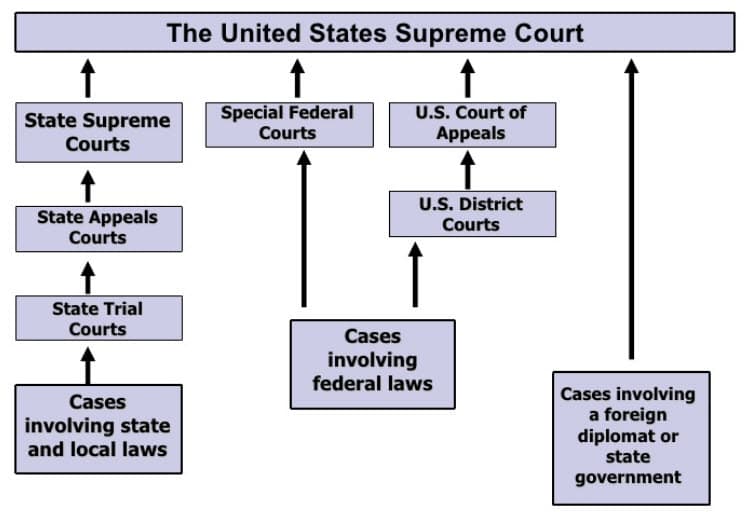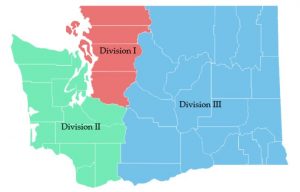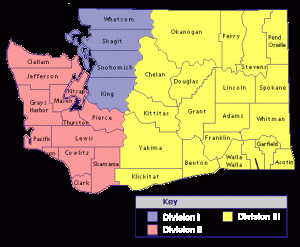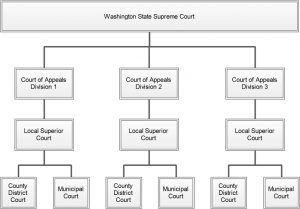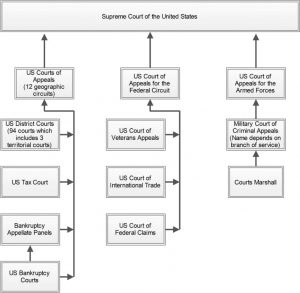An ethical code is adopted by an organization in an attempt to assist those in the organization called upon to make a decision understand the difference between ‘right’ and ‘wrong’ and to apply this understanding to their decision. The ethical code therefore generally implies documents at three levels:
Code of Ethics (Corporate or Business Ethics)
A code of ethics: A code of ethics often focuses on social issues. It may set out general principles about an organization’s beliefs on matters such as mission, quality, privacy or the environment. It may delineate proper procedures to determine whether a violation of the code of ethics has occurred and, if so, what remedies should be imposed. The effectiveness of such codes of ethics depends on the extent to which management supports them with sanctions and rewards. Violations of a private organization’s code of ethics usually can subject the violator to the organization’s remedies (such as restraint of trade based on moral principles). The code of ethics links to and gives rise to a code of conduct for employees.
Code of Conduct (Employee Ethics)
A code of conduct is a document designed to influence the behavior of employees. They set out the procedures to be used in specific ethical situations, such as conflicts of interest or the acceptance of gifts, and delineate the procedures to determine whether a violation of the code of ethics occurred and, if so, what remedies should be imposed. The effectiveness of such codes of ethics depends on the extent to which management supports them with sanctions and rewards. Violations of a code of conduct may subject the violator to the organization’s remedies which can under particular circumstances result in the termination of employment.
Code of Practice (Professional Ethics)
A code of practice is adopted by a profession or by a governmental or non-governmental organization to regulate that profession. A code of practice may be styled as a code of professional responsibility, which will discuss difficult issues, difficult decisions that will often need to be made, and provide a clear account of what behavior is considered “ethical” or “correct” or “right” in the circumstances. This might also be described as a set of Standards and Best Practices. In a membership context, failure to comply with a code of practice can result in expulsion from the professional organization.
This quiz is for logged in users only.


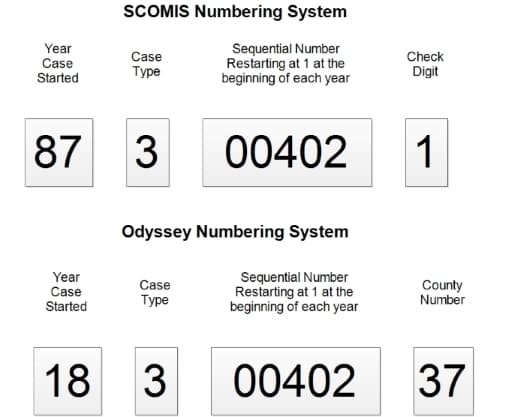
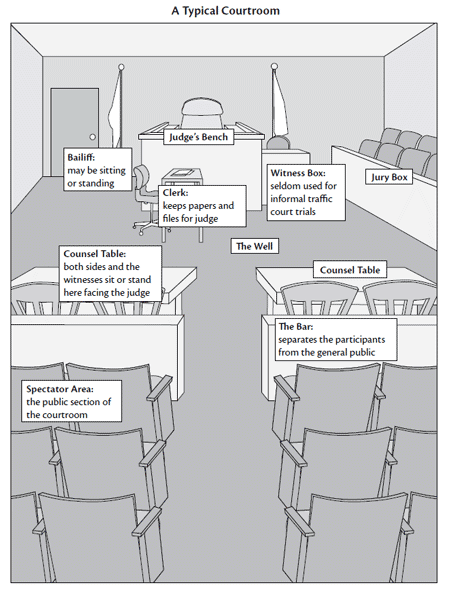 This is a rough diagram of a typical courtroom in the state of Washington. Courtrooms vary a great deal from city to city and county to county but they all have the same basic structure.
This is a rough diagram of a typical courtroom in the state of Washington. Courtrooms vary a great deal from city to city and county to county but they all have the same basic structure.